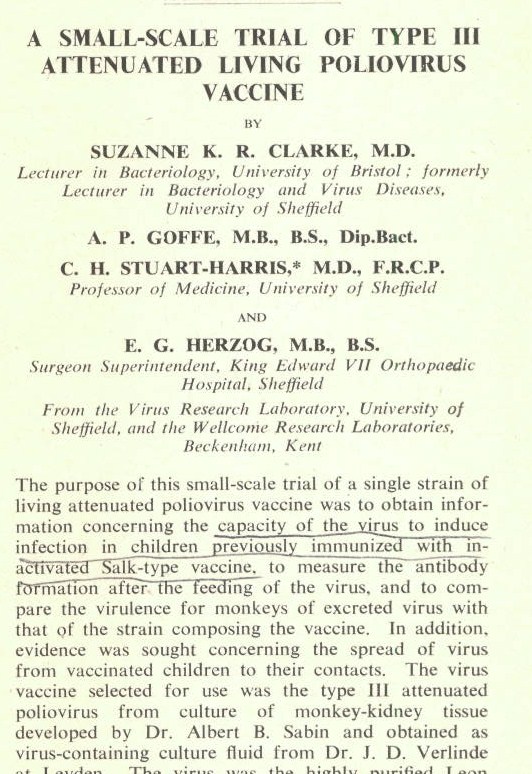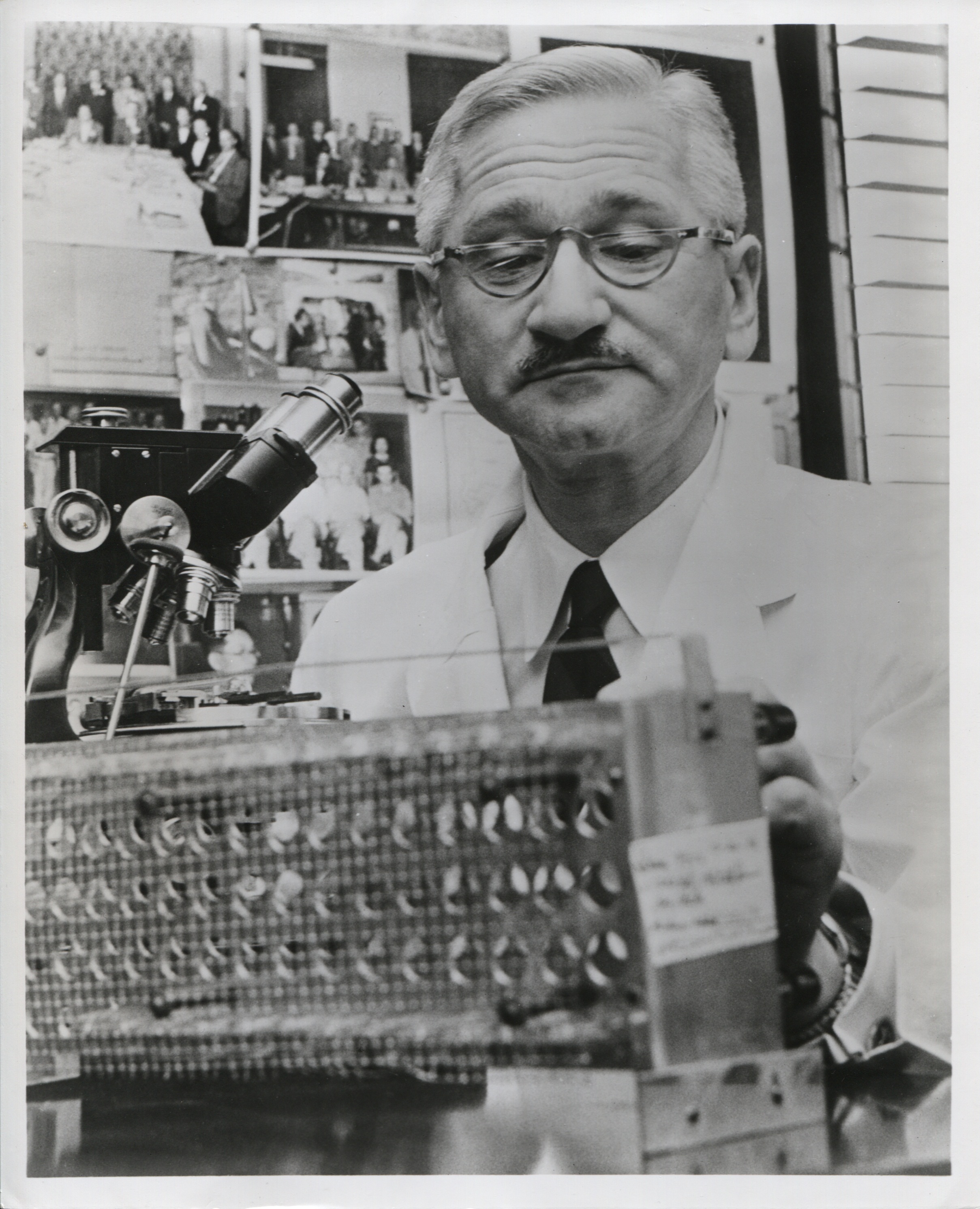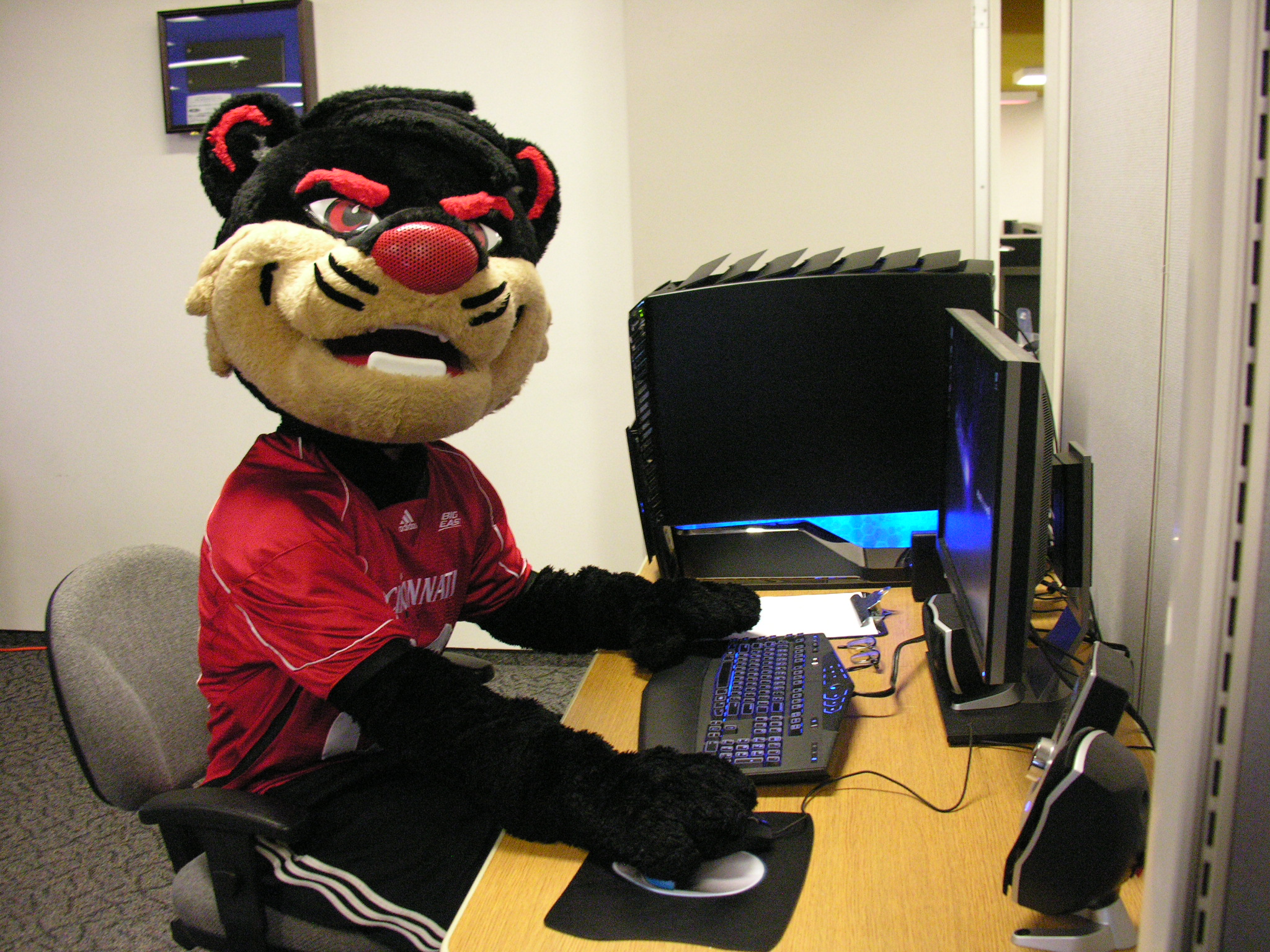
British Medical Journal, November 15, 1958
While updating metadata records in the digitized collection, I came across the name “Alan Goffe” several times. I was interested to learn more about this man who frequently communicated with Dr. Sabin. Luckily, I found a book called, Between Two Worlds: The Story of Black British Scientist Alan Goffe. This book was written by Gaia Goffe, cousin of the late scientist, as a high school project. Later, the book was published by Hansib Books.[1] I found this book to be very interesting because it explains the relationship between Drs. Sabin and Goffe, as well as their shared interest in an oral polio vaccine. Continue reading →





